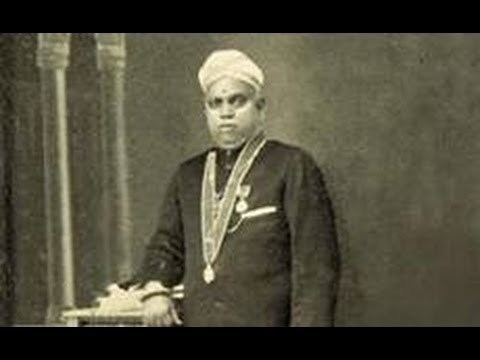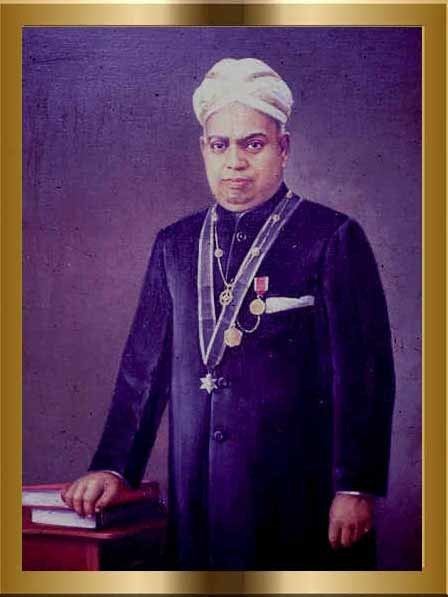Occupation Poet Name Ulloor Parameswara Died June 15, 1949 | Nationality Indian Role Poet | |
 | ||
Books Essays on Travancore, Progress of Travancore Under H.H. Sree Moolam Tirunal Similar Vallathol Narayana Menon, Kumaran Asan, Kunchan Nambiar | ||
Bhoothakkannaadi ulloor s parameswara iyer
Ulloor S. Parameswara Iyer (6 June 1877 – 15 June 1949) (commonly known as Ulloor) was a Malayalam poet and historian. He was one of the triumvirate poets of Kerala in the first half of the 20th century, along with Kumaran Asan and Vallathol Narayana Menon.
Contents
- Bhoothakkannaadi ulloor s parameswara iyer
- Shubhapratheeksha ulloor s parameswara iyer
- Legacy
- References
Ulloor was born at the Thamarassery Illam at Perunnai, Changanassery. Since his ancestral home was at Ulloor, he came to be known as Ulloor S. Parameswara Iyer. His father died when he was young and his mother raised him. He graduated with Honors in Philosophy from Maharajas College and joined the Travancore State Services. Later he took Degree in Law and Master's in Malayalam and Tamil. He was later appointed as the income tax officer and then as the Chief Secretary.

Ulloor published his mahakavya Umakeralam in 1914. Until then, only Pandalam Kerala Varma's Rukmamgadacharitham was considered as a complete mahakavya in Malayalam. Poet K. Ayyappa Paniker has noted that Umakeralam is a "work of great devotion: devotion to the land, to the language, to a poetic tradition and to high moral values." Ulloor, like his contemporaries Kumaran Asan and Vallathol Narayana Menon, also wrote a number of short narratives or khandakavyas, of which the most famous are Karnabhooshanam and Pingala. In the former he celebrates Karna's infinite generosity and dedication to principles. In the latter he tries to portray the transformation of a courtesan overnight into a pious and refined character - almost a saint. Some of his other best known works were Bhakthideepika, and Chithrasala. Uloor also wrote quite a large number of lyrics and shorter pieces, now available in various collections.

After Ulloor's death, the University of Kerala published one of his most noted works Kerala Sahitya Charithram, which describes the history of Malayalam language, culture, and literature. He studied ancient literature and palm leaf manuscripts to bring out old literary works such as Rama Charitham poem and Doothavakyam prose.
Shubhapratheeksha ulloor s parameswara iyer
Legacy
The Indian Posts and Telegraph department released a commemorative stamp after Ulloor's death. A full size statue of Ulloor was unveiled by the Indian President Neelam Sanjeeva Reddy in Thiruvananthapuram on 15 May 1981.
